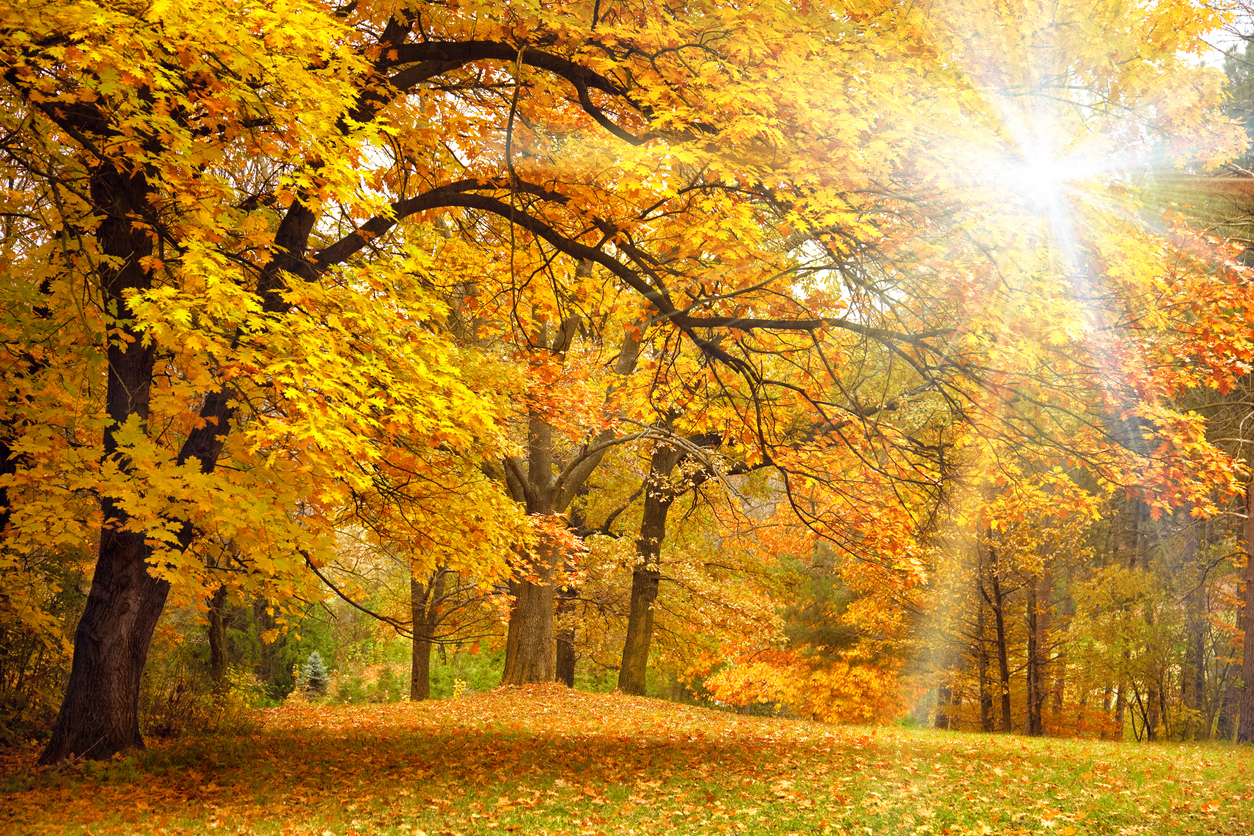Usually by the time fall rolls around, we gardeners start thinking about cleaning up the soil, putting the tools away for the season, and daydreaming about buying seeds for next year. Rarely do we think about planting vegetables in the fall. That’s unfortunate.
A number of late-season crops can flourish well into below-freezing temperatures. In fact, many of these vegetables taste even better after they’ve gone through a frost or two. While certainly your location plays a big part in what exactly “fall” means, these cool-weather-loving plants deserve a spot in just about every garden.
Discover 10 top tips for growing, harvesting, and enjoying fruits, vegetables, herbs and more from your home garden—when you access the FREEBIE How to Grow a Vegetable Garden, right now!
Why every gardener should be planting vegetables in the fall
You may not be growing tomatoes and corn in November (unless you live somewhere like southern California or the deep south. But you can still grow some truly delicious and nutritious garden vegetables. If you’re new to planting vegetables in the fall, hold onto your hats, because you’ll be surprised at how many crops you can either transplant or start from seed late in the year.
One important consideration, no matter where you live, is to plant based on your expected first frost date. For some vegetables, that might mean you actually start them in mid-to-late-summer. For example, if the date of your first expected freeze is late October, you would need to plant Chard between the end of July and the middle of August. Now let’s take a look at some of the plants that belong in your fall garden.
1. Kale. Kale is perhaps the most famous of cool-weather crops. It tastes wonderful in a variety of dishes, it’s wonderfully nutritious, and it’s easy to grow. Best of all, kale will continue to grow until the temperature drops to 20 degrees. In fact, a few frosts will give kale a little bit of sweetness.
2. Collard Greens. It’s a shame that collard greens aren’t as well known in other parts of the country as they are in the south. They are incredibly hardy and can withstand temperatures into the upper teens. Like kale, the leaves are a little sweeter once they’ve experienced a frost.
3. Swiss chard. When you’re planting vegetables in the fall, it’s always good to have some fast-growing plants in the mix. Swiss chard is just such a plant. Plus it isn’t bothered by many garden pests. While chard won’t tolerate the big drops in temperature that kale and collard do, it will survive a light frost.
Discover 10 top tips for growing, harvesting, and enjoying fruits, vegetables, herbs and more from your home garden—when you access the FREEBIE How to Grow a Vegetable Garden, right now!
4. Leaf lettuce. Because it’s ready to harvest in about 30 days, leaf lettuce is an ideal candidate for a fall planting. Most varieties of leaf lettuce will be fine with a light frost.
5. Radishes. Don’t worry; planting vegetables in the fall isn’t just about greens. Radishes grow quickly (seed to salad in about three weeks), so you can plant them pretty late into the season.
6. Beets. Beet roots will grow right up through a hard frost. And as long as you brush off any dirt and store them properly (in layers, separated by sawdust or shredded paper), they will last in cool storage for months.
7. Carrots. The great thing about carrots is that you can leave them in the ground until you’re ready to enjoy them or store them. The only caveat here is that once the ground freezes, you may not be able to pull your carrots out.
Discover 10 top tips for growing, harvesting, and enjoying fruits, vegetables, herbs and more from your home garden—when you access the FREEBIE How to Grow a Vegetable Garden, right now!
8. Brussels sprouts. If you remember Brussels sprouts as those bitter vegetables you had to eat as a kid, it’s time to get reintroduced. Cook them right (in a bit of olive oil with some garlic) and they’re amazingly delicious. And they can withstand some snow and really cold temperatures.
9. Broccoli. Like Brussels sprouts, if you haven’t had garden-fresh broccoli, you’re missing out. Broccoli is very cold-tolerant and can survive through several hard frosts.
10. Garlic. You’ll need patience for garlic, but if you’re planting vegetables in the fall, it should be on your list. You won’t be able to harvest it until late spring, but fresh garlic is soooo worth the wait.
There are, of course, a lot more vegetables suitable for fall planting, but these 10 offer a nice variety of crops that are generally easy to grow. The days may be growing shorter, but you can still enjoy a big harvest from your garden.
I’d love to get your thoughts. What vegetables do you plant in the fall?
Discover 10 top tips for growing, harvesting, and enjoying fruits, vegetables, herbs and more from your home garden—when you access the FREEBIE How to Grow a Vegetable Garden, right now!
